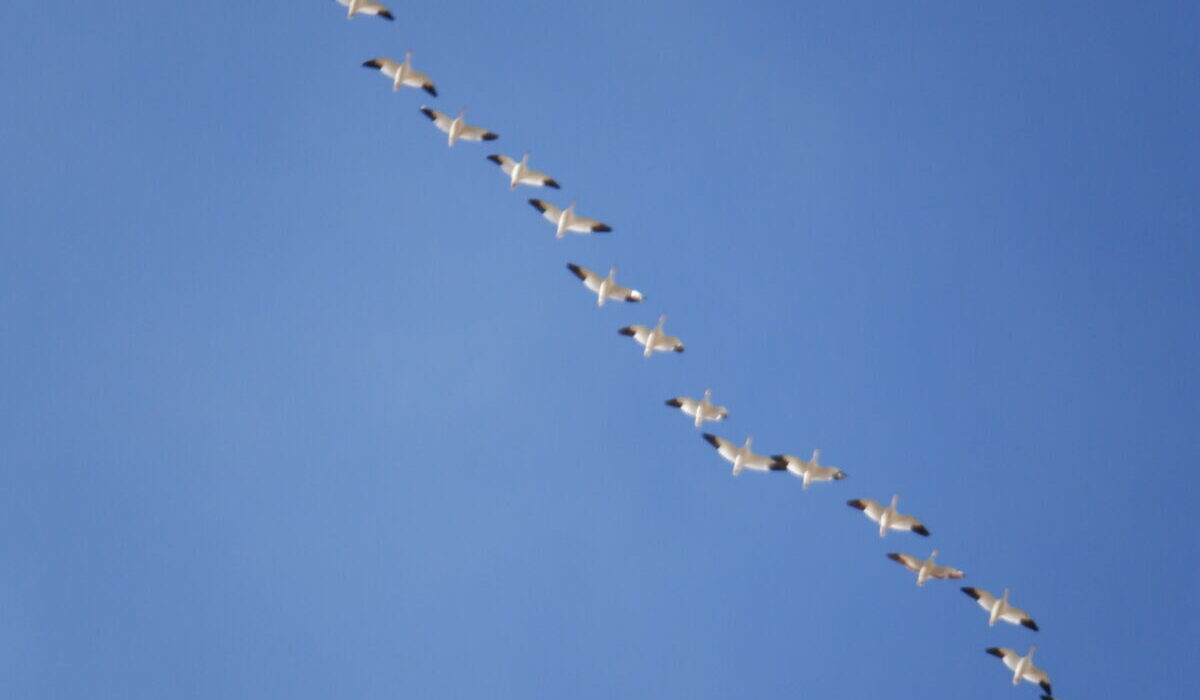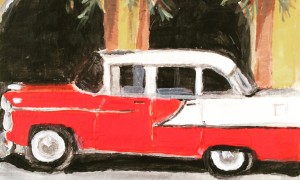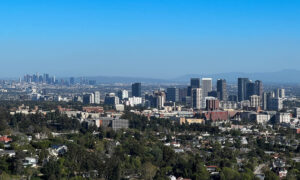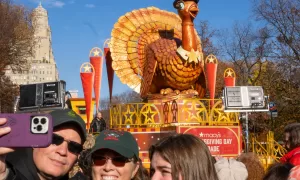In the final few days of March, 2021, I found myself on the high plains of north-central Montana, near a town called Choteau. A few miles south of town, along Highway 89, is the Freezout Lake Wildlife Management Area. With its 11,350 acres under state management, it is host each spring to more than a million migrating birds of some 200 species. Evolutionary urges draw them there from the warm south on their way to the Arctic coasts of Alberta and central Saskatchewan for breeding season.
Watch this video for sights and sounds of the breeding season. ![]() 07.DSCF1192.MOV
07.DSCF1192.MOV
Among them are hundreds of thousands of snow geese. I had the opportunity to join three friends, Doug, Karen, and Kim, who were much more familiar with the scene than I. Honestly, my expectations for our two days/three nights were more aligned with the chance to spend time with these cool people than with seeing the migration. The snow geese migration was just the excuse.
How wrong I was. Although our camaraderie was top-notch and we had a really fun time, the focus of our journey, the birds, started out well and only got better. Although I’ve always deeply appreciated birds and enjoy them in a general way, please know that I’ve never self-identified as a “birder.” Ever since my mom and brother ignored my birthday (for heaven’s sake!) to join a bird count one year, I’ve held a bit of a grudge. But that childish excuse evaporated in the magic of Freezout Lake (yes, it’s spelled without the “e”).
The area appeals to migrating birds because with both a main lake and six surrounding ponds (plus another lake a mile to the north), there’s plenty of habitat for resting. In the surrounding farm fields, foraging is excellent. Freezout Lake is about a thousand miles from the point of spring departure for many of these birds. They can fly upwards of 600 miles in a day (and they aren’t sitting in the window seat of row 10!), so when they arrive in places such as Freezout Lake, they are ready for some rest and recovery before shoving northwards for a few more thousand miles.
My guides, who know the area well, explained that the geese lift off from the ponds to forage in the morning and return in the afternoon (which allowed for some fine midday hiking for us!). It was impressive to see them build momentum to lift off en masse and fly to the nearby fields. Sometimes, we were able to approach quite closely without disturbing them feeding, which yielded a nicely different perspective.
We also saw tundra swans (formerly called trumpeter swans) and lots of ducks. But the snow geese were the main attraction, with their white feathers tipped with black. When “in residence” on the ponds, the effect was like seeing white sheet lying over the water (with the occasional blue goose in the mix).

And when they flew? It was a cacophony of squawks and, if we were close, of flapping wings. Several times, when the sun was low, the geese were underlit by its rays, which added a stunning dimension to the visual feast, augmented by an auditory symphony of goose-talk.
The weather that week was “Montana Spring,” meaning that we encountered all four seasons (including waking up our first morning to several inches of snow). But the sun had that delicious warmth of spring, which is always encouraging. We followed our own instincts to sometimes sit close to a pond, or gain the vantage-point of nearby Priest Butte for a look down, or find a foraging group in the fields. Every encounter had its own appeal.

But I wasn’t prepared for what happened on our final evening. We were sitting beside the northernmost pond, under Priest Butte. A substantial group of geese seemed to be revving up, vocally. Something was going to happen. Then, we saw an immense cloud of flying geese rising up from the Main Lake area to the south. There were hundreds of them, and the ones before us rose to join them! They went up, up, up, which could only mean they were headed north. Then, behind them, we saw so many geese already so high they weren’t visible to the naked eye. For many minutes, we watched wave after wave of them. Only then did I begin to fully appreciate the concept of clouds of nothin’ but birds, flying together, driven by their own ancient urges.
And then it got even better. The next morning, we headed out before sunrise for our final chance to see the geese. We parked in a likely spot across the highway and slightly north of the main ponds. To the west, the almost-full moon was setting over the mountains of the Bob Marshall Wilderness, the colors on them transitioning from early dawn dark to blues and pinks, foregrounded by the tawny plains grasses and white of lingering snow. To the east, the pinks and oranges of incipient sunrise just behind the nearby hill were a rising brilliance hard to ignore. How does one look both east and west at the same time without whiplash?



And then the geese lifted off. Soon it was clear that this, as with the evening before, was a mass evacuation. They were headed north! They rose, and rose, and rose, until they were visible only with binoculars.
Sometimes, in the wake of a stupendous display of raw nature, the best we mere humans can do is turn to one another with goofy, gobsmacked grins. There are just…no…words… So, after the geese passed, all we could do was lower our binoculars and look at one another in wonder, grinning, and deeply grateful.
 Kate Dernocoeur had a quiet (and healthy, thank goodness) COVID year at home on her rural road in Lowell, Michigan, but is happy to be free again to get out to the wild and beautiful places. This post originally appeared in her blog, “Generally Write” at www.katedernocoeur.com
Kate Dernocoeur had a quiet (and healthy, thank goodness) COVID year at home on her rural road in Lowell, Michigan, but is happy to be free again to get out to the wild and beautiful places. This post originally appeared in her blog, “Generally Write” at www.katedernocoeur.com













